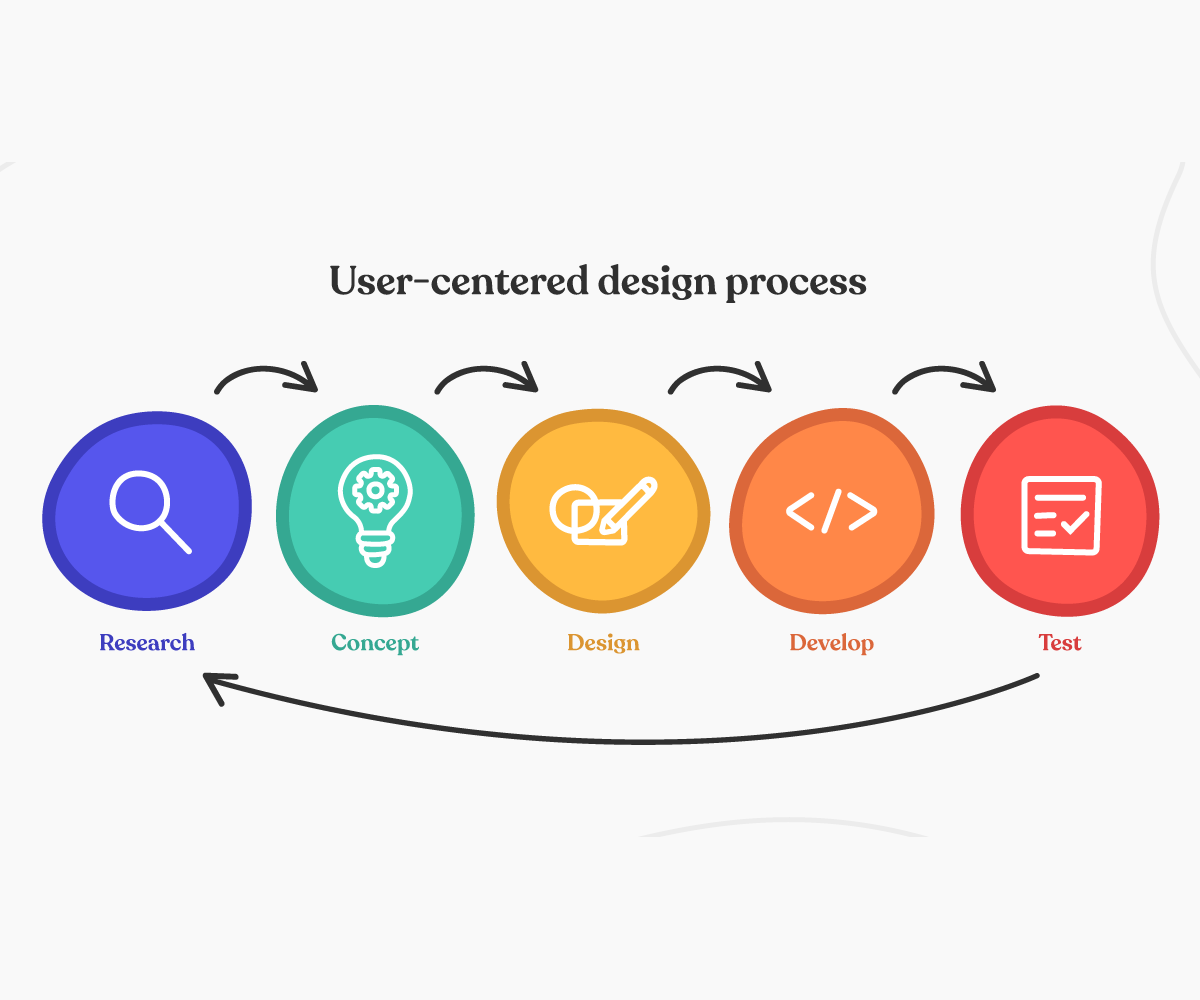
- March 5, 2023
- rastergraphix
- 0
In the digital landscape, web design has evolved from merely being visually appealing to becoming an intricate science focused on user-centered principles. Beyond aesthetics lies a realm where understanding user behavior, psychology, and interaction patterns are paramount. Let’s delve into the depths of this science and uncover the key principles of user-centered web design.
Understanding User Behavior
User-centered web design starts with a deep understanding of user behavior. Every click, scroll, and interaction leaves a trail of valuable data that can inform design decisions. Through methods such as user research, personas, and user journey mapping, designers gain insights into the needs, preferences, and pain points of their target audience.
By understanding how users navigate and interact with a website, designers can create intuitive and user-friendly interfaces that anticipate and fulfill user needs. This user-centric approach fosters positive experiences, leading to increased engagement, satisfaction, and ultimately, conversions.
Empathy in Design
At the heart of user-centered web design lies empathy – the ability to put oneself in the user’s shoes and design with their perspective in mind. Empathetic design goes beyond aesthetics to consider factors such as accessibility, inclusivity, and usability for diverse user groups.
Designers must consider various user scenarios, including different devices, screen sizes, and abilities, to ensure that the website is accessible to all. This might involve implementing responsive design principles, optimizing for screen readers, or providing alternative text for images to accommodate users with disabilities.
Iterative Design Process
User-centered web design is an iterative process that involves continuous testing, feedback, and refinement. Designers create prototypes and conduct usability testing to gather insights from real users and identify areas for improvement.
Through A/B testing, heatmaps, and user surveys, designers can assess the effectiveness of different design elements and iterate based on data-driven insights. This iterative approach allows for constant refinement, ensuring that the final product meets user needs and achieves business objectives.
Personalization and Customization
In the era of personalization, user-centered web design goes beyond one-size-fits-all solutions to tailor experiences to individual users. By leveraging data analytics and user segmentation, designers can deliver personalized content, recommendations, and experiences based on user preferences and behavior.
Whether it’s recommending products based on past purchases, customizing content based on location, or personalizing email marketing campaigns, personalization enhances user engagement and fosters a sense of connection with the brand.
Measuring Success
The success of user-centered web design is not only measured by aesthetics but also by its impact on user satisfaction, engagement, and conversion metrics. By setting clear goals and KPIs, designers can track the performance of their designs and iterate based on results.
Metrics such as bounce rate, time on page, conversion rate, and user feedback provide valuable insights into the effectiveness of the design in achieving its objectives. By continuously monitoring and optimizing performance, designers can ensure that their designs deliver tangible results for both users and businesses alike.
In conclusion, user-centered web design transcends aesthetics to prioritize the needs, preferences, and experiences of users. By understanding user behavior, practicing empathy, embracing iterative design, personalizing experiences, and measuring success, designers can create websites that not only look great but also deliver exceptional user experiences that drive business growth.

